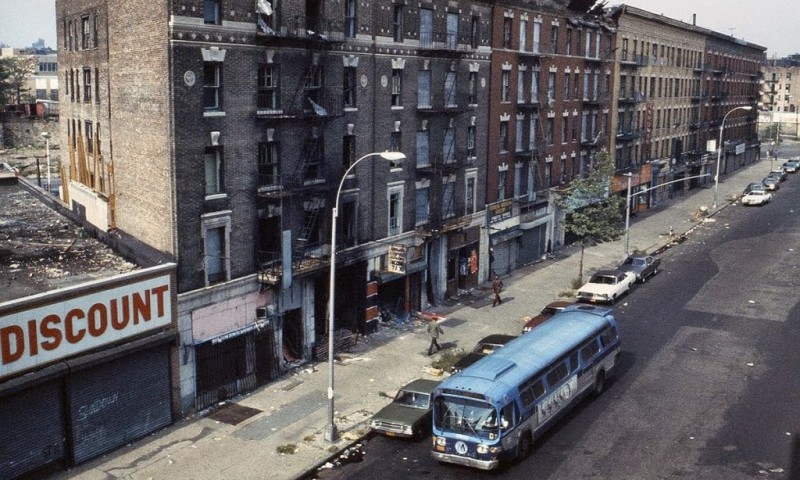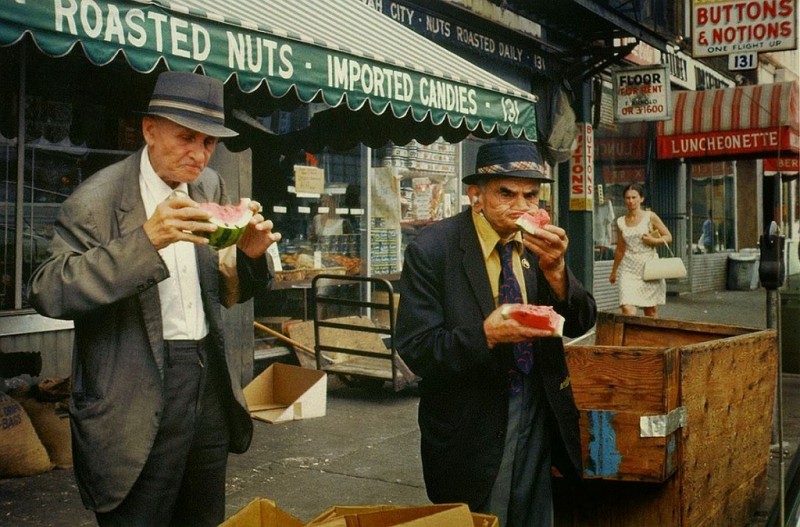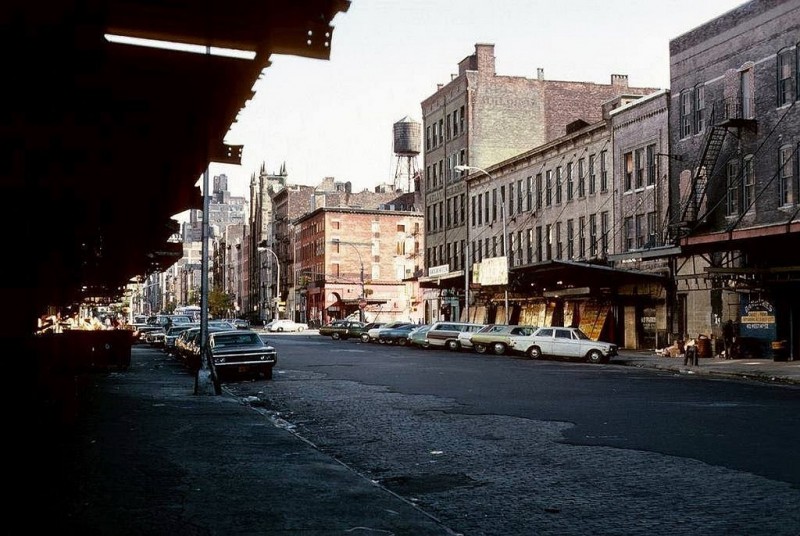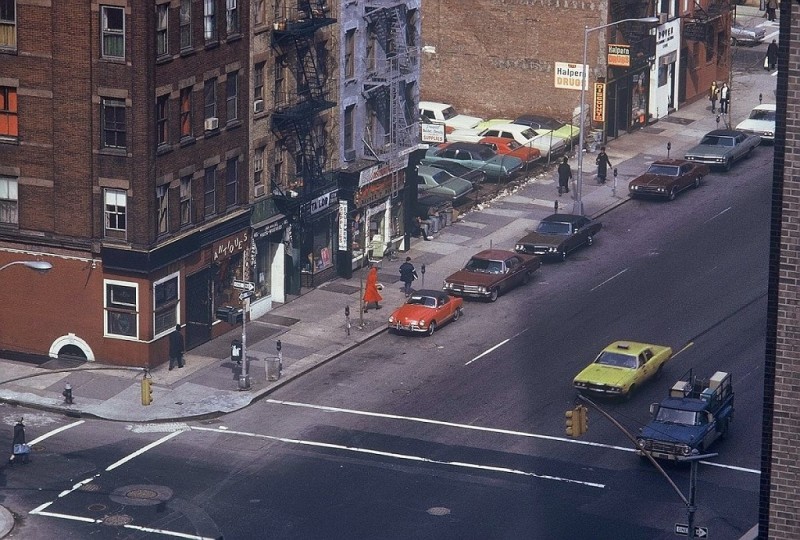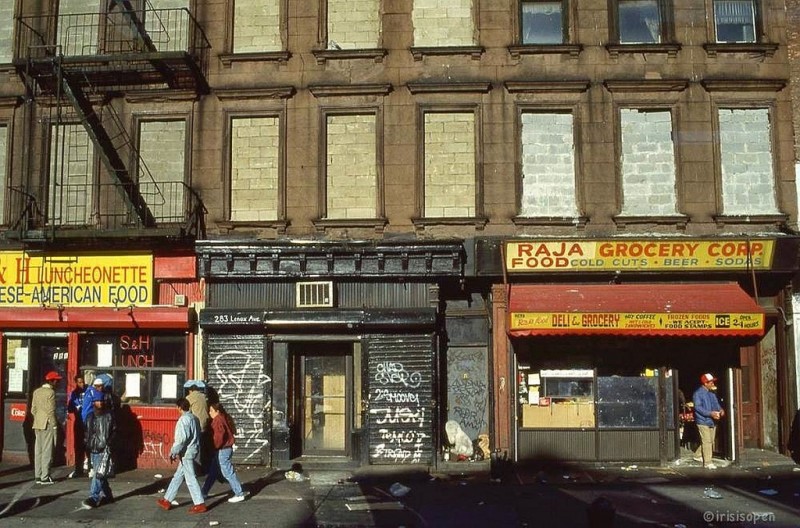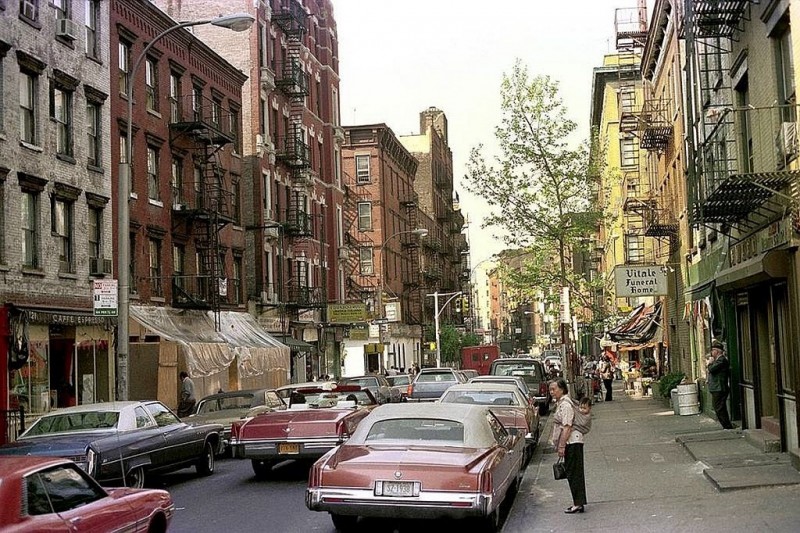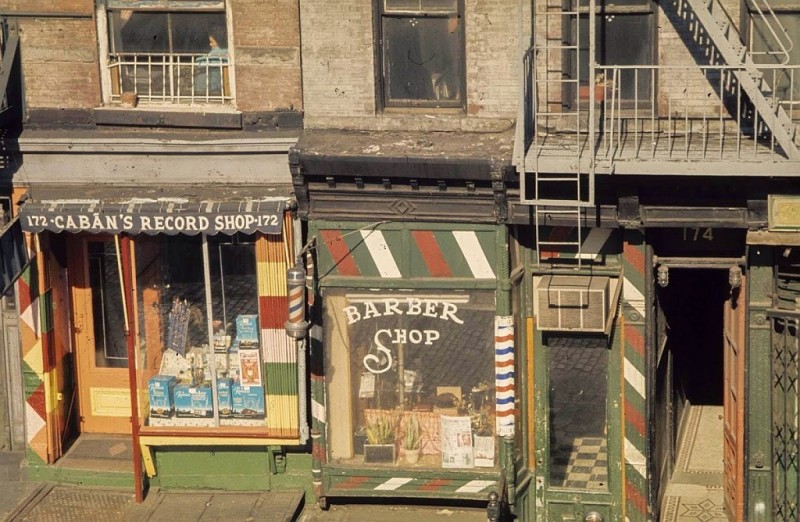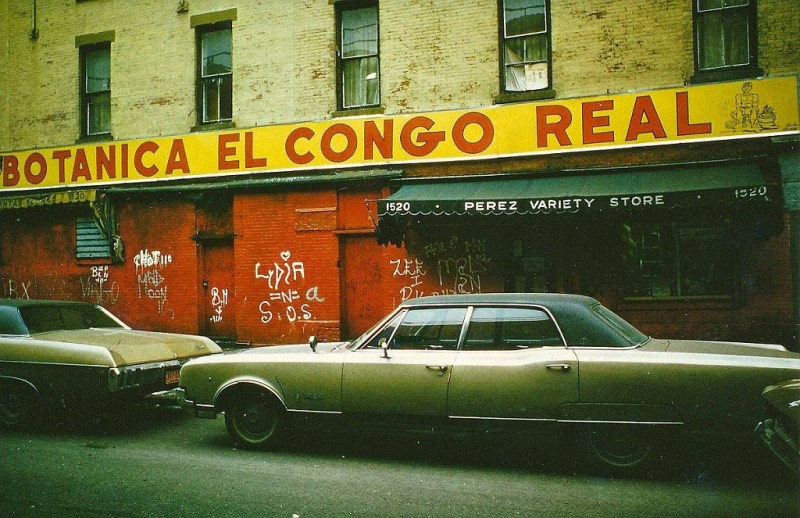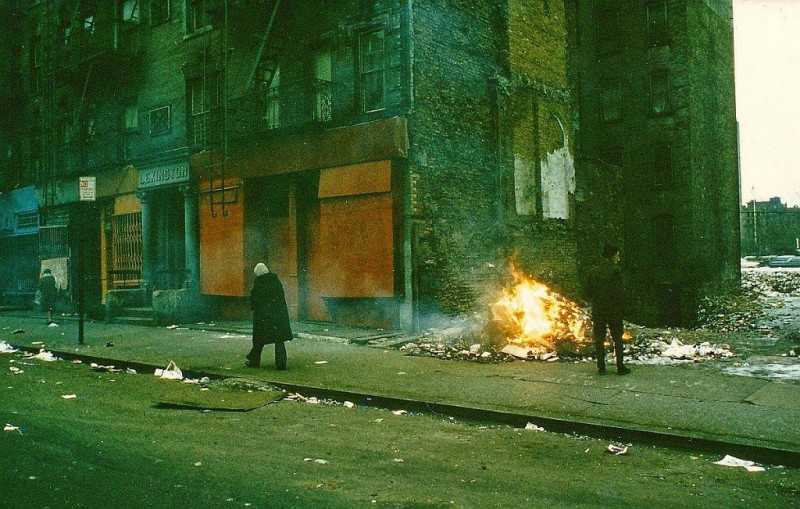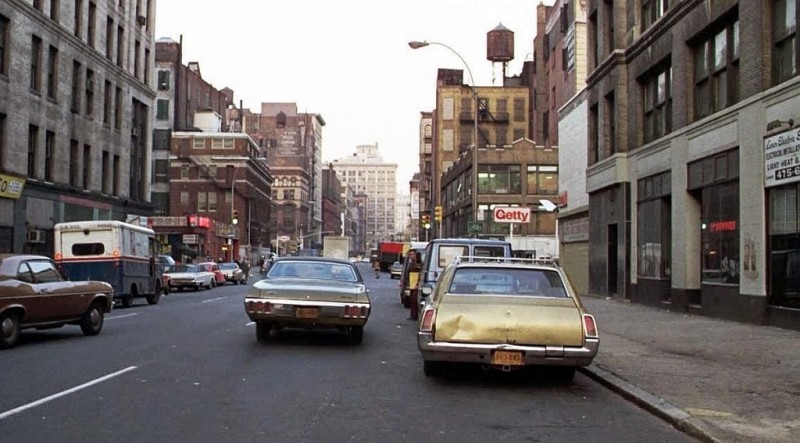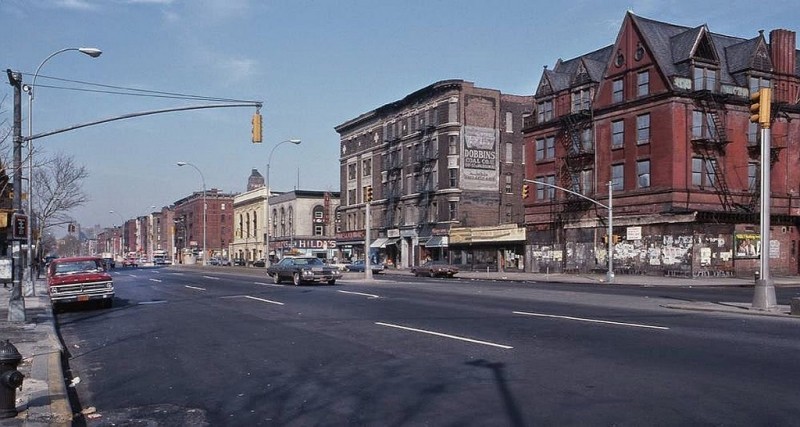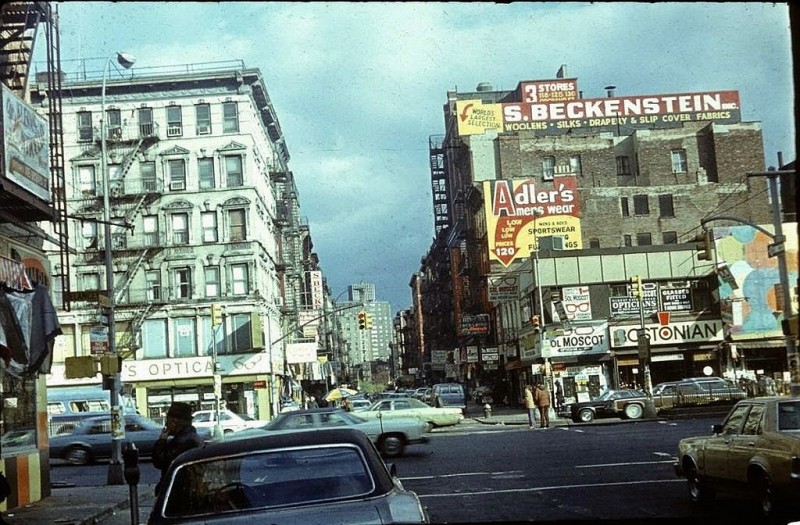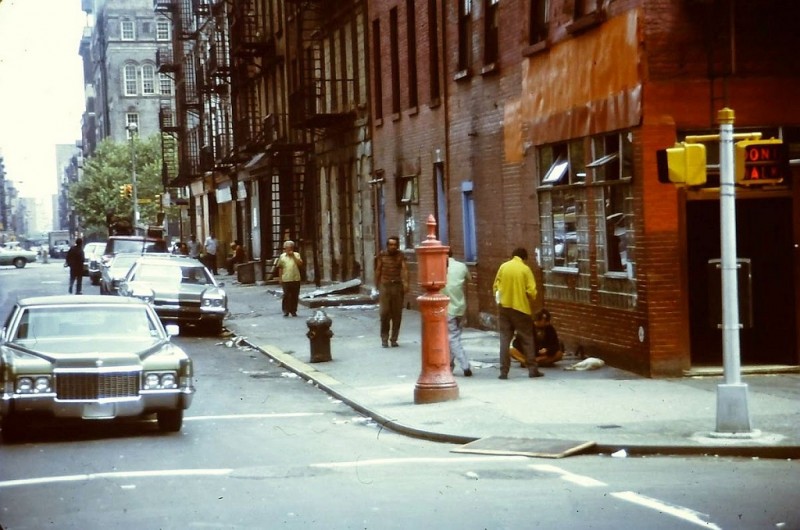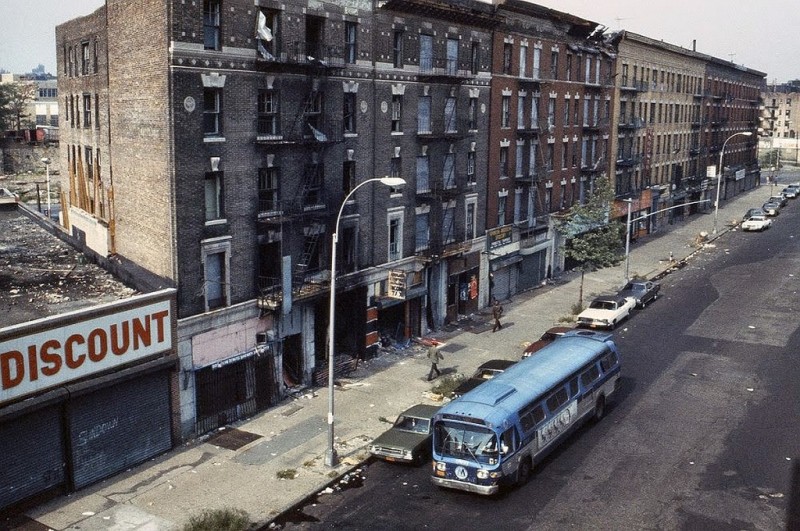Dark side of New York City (1970s)
Dark side of New York City (1970s)
By 1970, the city gained notoriety for high rates of crime and other social disorders.
A popular song by Cashman & West in the autumn of 1972, “American City Suite”, chronicled,
in allegorical fashion, the decline in the city’s quality of life.
The city’s subway system was regarded as unsafe due to crime and suffered frequent mechanical breakdowns.
Prostitutes and pimps frequented Times Square, while Central Park became feared as the site of muggings
and rapes.
Homeless persons and drug dealers occupied boarded-up and abandoned buildings.
The New York City Police Department was subject to investigation for widespread corruption,
most famously in the 1971 testimony of whistle-blowing police officer Frank Serpico.
Orchard Street between Stanton and Rivington, facing South, mid ’70s. Photo by Susan Saunders
131 Essex Street (at Rivington), 1971. Photo by Helen Levitt.
Fourteenth Street between Ninth and Tentth Avenues, facing East, 1976. Photo by Eugene Gannon.
Second Avenue at 26th Street, facing Northwest, c.1972. Photo by Lew Kampel
Lenox Avenue between 124th and 125th Streets, facing West.
Mulberry Street at Hester, facing North, 1975. Photo by Nick DeWolf.
172 Delancey Street, 1970. Photo by Camilo José Vergara.
Park Avenue at 110th Street – Spanish Harlem circa 1974. Photo by Susan Saunders
Lower East Side, early ’70s. Photo by Susan Saunders
Madison Avenue at 64th Street, facing South, 1979. Photo by Alan Benjamin
Lafayette Street at Bleecker, facing North, 1976. Screencap from Marathon Man.
130th and 7th Avenue (A.C. Powell Boulevard), facing Northeast, 1978. Photo by Manel Armengol.
Orchard Street at Delancey, facing North, 1978
Rivington Street at The Bowery, facing East – August, 1973. Photo by Armando Moreschi
Harlem, late 1970s. Photo by Manel Armengol.

